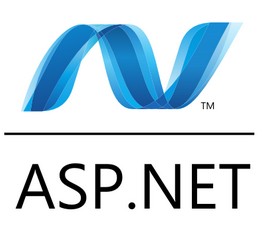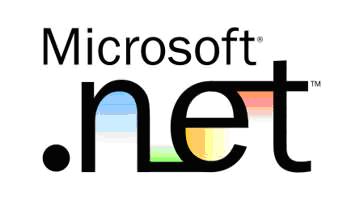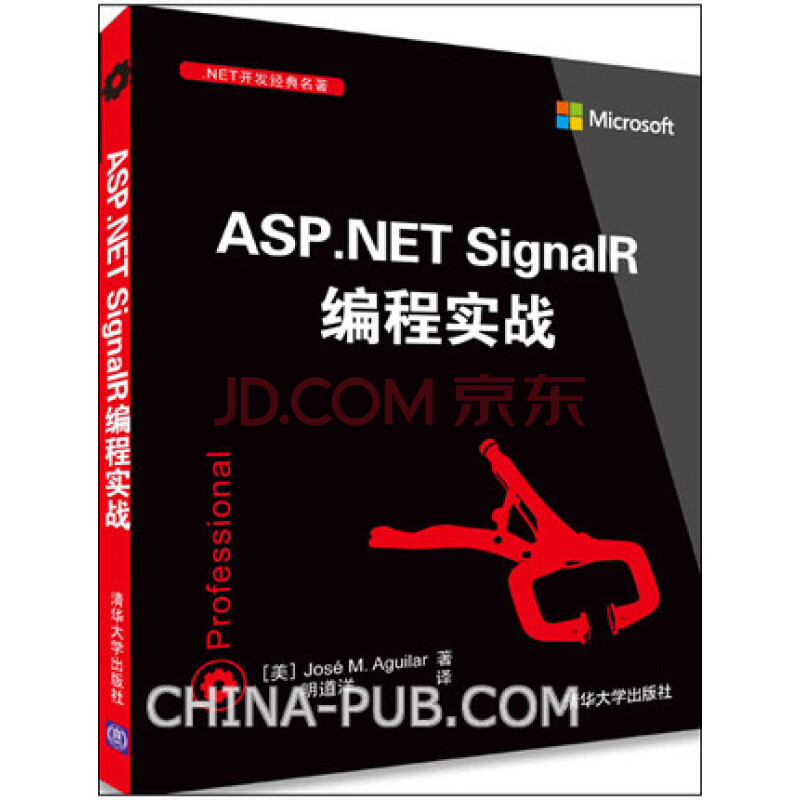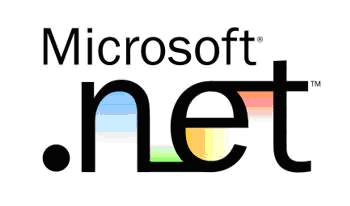Detailed introduction to WebPages
Learn how to publish a Web Pages application without using WebMatrix. Publishing your application without using WebMatrix You can publish an ASP.NET Web Pages application to a remote server by using the Publish command in WebMatrix (or Visual Studio). This feature copies all your application files, cshtml pages, images, and all necessary DLL files for Web Pages, Razor, Helpers, SQL Server Compact (if using a database). Sometimes you don't want to use WebMatrix to publish your application. Maybe it's because your hosting provider only supports FTP, maybe you already have a classic ASP based website, maybe you want to copy all the files yourself, maybe you want to use Front Page, Expression Web, or some other publishing software. Will you encounter problems? Yes, it will. But you have a way around it. To perform website replication,
1. How to publish Web Pages without using WebMatrix?

Introduction: ASP.NET WebPages - Publishing a Website Learn how to publish a WebPages application without using WebMatrix program. Publish your application without using WebMatrix by using WebMatrix (or...
2. Share ASP.NET study notes (11) WebPages PHP

##Introduction: ASP.NET WebPages - PHP HP developers, please note that WebPages can be written in PHP. WebMatrix supports PHP. At first glance, I think that WebMatrix only supports Microsoft technology. This is incorrect. In WebMatr...
#3.Share ASP.NET study notes (10) WebPages Email. ## Introduction: ASP.NET WebPages-WebMail Helper WebMail Helper-One of the many useful ASP.NET Web Helpers WebMail Helper makes sending emails easy. Even simpler, it follows SMTP (Simp...
4.
Share ASP.NET study notes (9) WebPages chart Introduction: ASP.NETWebPages - Chart Helper Chart Helper - One of the many useful ASP.NET Web Chart Helpers in the previous chapter. , you have learned how to use ASP.NET's
Introduction: ASP.NETWebPages - Chart Helper Chart Helper - One of the many useful ASP.NET Web Chart Helpers in the previous chapter. , you have learned how to use ASP.NET's
5.
Parsing WebGrid - A very useful ASP.NET Web Helper ## Introduction: ASP.NET WebPages - WebGrid Helper WebGrid - one of the many useful ASP.NET Web helpers written in front of you. In the chapter, you use Razor code to display database data, all HTML...
## Introduction: ASP.NET WebPages - WebGrid Helper WebGrid - one of the many useful ASP.NET Web helpers written in front of you. In the chapter, you use Razor code to display database data, all HTML...
6. Share ASP.NET study notes (8) WebPages Helper
## Introduction: ASP.NET WebPages - Helpers Web helpers greatly simplify web development and common programming tasks for ASP. NET Helpers ASP.NET Helpers are components accessible with a few simple lines of Razor code that you can use...
7. Share ASP.NET Learning. Notes (6) WebPages File
##Introduction: ASP.NET WebPages-File This chapter introduces the use of text files Knowledge. Using text files In the previous chapters, we have learned that web page data is stored in a database. You can also store site data in the file... ##8.
##8.

Introduction: ASP.NET WebPages-Object WebPages are often related to objects. Page Object You have seen some Page object methods in use: @RenderPage(
9. Share ASP.NET study notes (6) WebPages form

Introduction: ASP.NET WebPages-HTML form A form is a place for input controls (text boxes, check boxes, single boxes, etc.) button, drop-down list). Create an HTML input page Razor instance
##10. Share ASP.NET study notes ( 5) Global page AppStart and PageStart

The above is the detailed content of Detailed introduction to WebPages. For more information, please follow other related articles on the PHP Chinese website!

Hot AI Tools

Undresser.AI Undress
AI-powered app for creating realistic nude photos

AI Clothes Remover
Online AI tool for removing clothes from photos.

Undress AI Tool
Undress images for free

Clothoff.io
AI clothes remover

AI Hentai Generator
Generate AI Hentai for free.

Hot Article

Hot Tools

Notepad++7.3.1
Easy-to-use and free code editor

SublimeText3 Chinese version
Chinese version, very easy to use

Zend Studio 13.0.1
Powerful PHP integrated development environment

Dreamweaver CS6
Visual web development tools

SublimeText3 Mac version
God-level code editing software (SublimeText3)

Hot Topics
 1382
1382
 52
52
 How to handle special characters in C language
Apr 03, 2025 pm 03:18 PM
How to handle special characters in C language
Apr 03, 2025 pm 03:18 PM
In C language, special characters are processed through escape sequences, such as: \n represents line breaks. \t means tab character. Use escape sequences or character constants to represent special characters, such as char c = '\n'. Note that the backslash needs to be escaped twice. Different platforms and compilers may have different escape sequences, please consult the documentation.
 What is the role of char in C strings
Apr 03, 2025 pm 03:15 PM
What is the role of char in C strings
Apr 03, 2025 pm 03:15 PM
In C, the char type is used in strings: 1. Store a single character; 2. Use an array to represent a string and end with a null terminator; 3. Operate through a string operation function; 4. Read or output a string from the keyboard.
 The difference between char and wchar_t in C language
Apr 03, 2025 pm 03:09 PM
The difference between char and wchar_t in C language
Apr 03, 2025 pm 03:09 PM
In C language, the main difference between char and wchar_t is character encoding: char uses ASCII or extends ASCII, wchar_t uses Unicode; char takes up 1-2 bytes, wchar_t takes up 2-4 bytes; char is suitable for English text, wchar_t is suitable for multilingual text; char is widely supported, wchar_t depends on whether the compiler and operating system support Unicode; char is limited in character range, wchar_t has a larger character range, and special functions are used for arithmetic operations.
 How to use various symbols in C language
Apr 03, 2025 pm 04:48 PM
How to use various symbols in C language
Apr 03, 2025 pm 04:48 PM
The usage methods of symbols in C language cover arithmetic, assignment, conditions, logic, bit operators, etc. Arithmetic operators are used for basic mathematical operations, assignment operators are used for assignment and addition, subtraction, multiplication and division assignment, condition operators are used for different operations according to conditions, logical operators are used for logical operations, bit operators are used for bit-level operations, and special constants are used to represent null pointers, end-of-file markers, and non-numeric values.
 The difference between multithreading and asynchronous c#
Apr 03, 2025 pm 02:57 PM
The difference between multithreading and asynchronous c#
Apr 03, 2025 pm 02:57 PM
The difference between multithreading and asynchronous is that multithreading executes multiple threads at the same time, while asynchronously performs operations without blocking the current thread. Multithreading is used for compute-intensive tasks, while asynchronously is used for user interaction. The advantage of multi-threading is to improve computing performance, while the advantage of asynchronous is to not block UI threads. Choosing multithreading or asynchronous depends on the nature of the task: Computation-intensive tasks use multithreading, tasks that interact with external resources and need to keep UI responsiveness use asynchronous.
 How to convert char in C language
Apr 03, 2025 pm 03:21 PM
How to convert char in C language
Apr 03, 2025 pm 03:21 PM
In C language, char type conversion can be directly converted to another type by: casting: using casting characters. Automatic type conversion: When one type of data can accommodate another type of value, the compiler automatically converts it.
 What is the function of C language sum?
Apr 03, 2025 pm 02:21 PM
What is the function of C language sum?
Apr 03, 2025 pm 02:21 PM
There is no built-in sum function in C language, so it needs to be written by yourself. Sum can be achieved by traversing the array and accumulating elements: Loop version: Sum is calculated using for loop and array length. Pointer version: Use pointers to point to array elements, and efficient summing is achieved through self-increment pointers. Dynamically allocate array version: Dynamically allocate arrays and manage memory yourself, ensuring that allocated memory is freed to prevent memory leaks.
 How to use char array in C language
Apr 03, 2025 pm 03:24 PM
How to use char array in C language
Apr 03, 2025 pm 03:24 PM
The char array stores character sequences in C language and is declared as char array_name[size]. The access element is passed through the subscript operator, and the element ends with the null terminator '\0', which represents the end point of the string. The C language provides a variety of string manipulation functions, such as strlen(), strcpy(), strcat() and strcmp().




